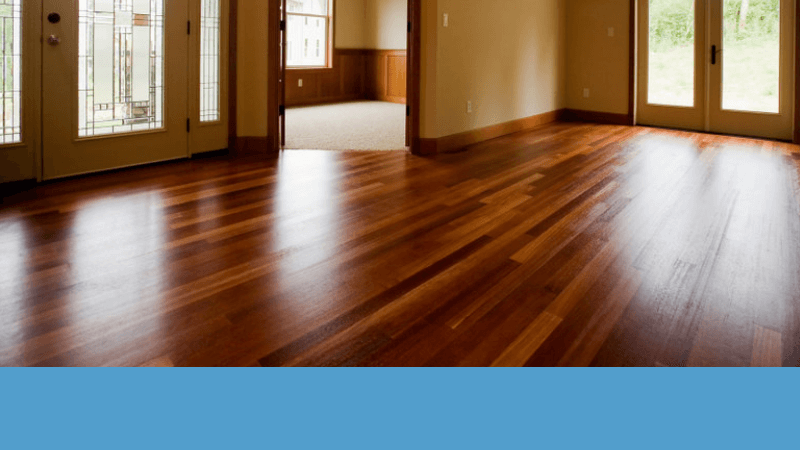Staining hardwood floors is a popular method for enhancing the appearance and durability of wood flooring. The process involves applying a translucent stain that accentuates the natural grain of the wood while adding color. This article provides a comprehensive overview of the steps involved in staining hardwood floors and the time required for each step.

Preparation of Hardwood Floors
Before staining, the hardwood floors must be properly prepared to ensure the stain adheres well and looks even. Preparation typically involves sanding the floor to create a smooth surface, cleaning to remove dust and debris, and repairing any imperfections in the wood. This initial phase is crucial as it sets the foundation for the subsequent staining process.
Selection and Application of Stain
Choosing the right type of stain is essential. Stains come in various formulations, including water-based, oil-based, and gel types, each suitable for different wood types and desired finishes. The application of stain should be done methodically, using tools such as brushes, rollers, or rags, depending on the specific product instructions and the finisher’s preference. It is important to apply the stain in sections, maintaining a wet edge to prevent lap marks and ensure an even coating.
Drying and Curing Time
After application, the stain must dry completely before any further treatments, such as sealing or applying a topcoat, can be done. The drying time can vary significantly based on the type of stain, environmental conditions, and the wood’s characteristics. Generally, it is recommended to allow at least 24 to 48 hours for the stain to dry under optimal conditions. However, this time may extend due to factors such as low temperatures or high humidity, which can slow the drying process.
Environmental Factors Affecting Drying Time
The drying time of wood stain is influenced by environmental conditions. High humidity and cooler temperatures can prolong the drying period, making it crucial to consider these factors when planning the staining project. Proper ventilation and temperature control within the space can help manage drying times more effectively.
Conclusion
Staining hardwood floors is a detailed process that enhances the beauty and longevity of wood flooring. The key to a successful staining project lies in careful preparation, selecting the right stain, applying it evenly, and allowing ample time for drying. By understanding and adhering to these steps, homeowners and professionals alike can achieve a high-quality finish that showcases the natural beauty of hardwood floors.
Works Cited
“Understanding Wood Finishing: How to Select and Apply the Right Finish.” Flexner, Bob. Fox Chapel Publishing, 2010. This source provided information on the types of stains and their applications.
“Wood Finishing 101.” Flexner, Bob. Fox Chapel Publishing, 2011. This source was used to detail the steps involved in preparing wood for staining and the environmental factors affecting drying time.